16 Wild Animals in Romania [Wildlife in Romania]
Want to know more about the wildlife in Romania?
Discover 16 wild animals in Romania in this post, as well as interesting facts about them. 🇷🇴
Learn All About Romanian Animals
Ready to learn all about Romanian animals?
I’ve always been fascinated by animals, and by how they can be so different from one country to another. In this guide, we’ll focus on the many animals Romania has on the land, in the sky, and underwater.
I’ve split the guide into 4 categories:
- Native animals of Romania
- Endangered animals of Romania
- What is Romania national animal?
- How many animals native to Romania?
Let’s dive in right away with our first category!
Native Animals from Romania
Romania is a European country located in the southeastern part of the continent, west of the Black Sea. It is crossed by the Carpathian Mountains (with their highest peak being the Moldoveanu Peak at an elevation of 2,544 m / 8,346 ft), was created in 1859 through the union of Moldavia and Wallachia, and used to be an Ottoman colony. It is bordered by Bulgaria, Hungary, Ukraine, Serbia, and Moldova, and its capital and largest city is Bucharest, which counts more than 1,823,000 inhabitants (but more than 2,327,000 if you include the metropolitan area).
An interesting part of the country that I wanted to tackle is its wildlife. In light of that, I have listed the best of it, and I hope you will love learning what animals live in Romania.
Here’s the Romania animals list.
1. Great white pelican
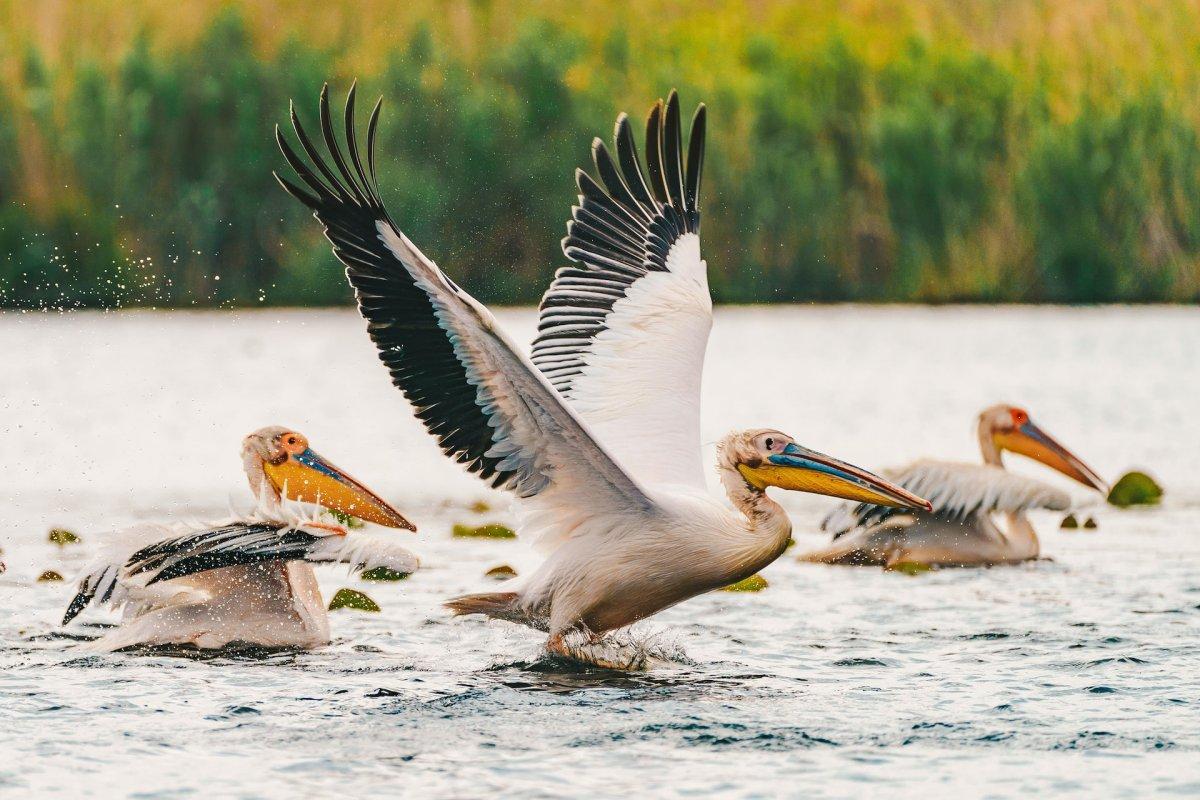
- Name: Great white pelican
- Scientific name: Pelecanus onocrotalus
- Conservation status:
The great white pelican, also known as the rosy pelican, the eastern white pelican, or the white pelican, is a large species of pelican native to southeastern Europe, sub-Saharan Africa, and Asia. It is a migratory bird that inhabits shallow lakes and swamps.
This pelican is one of Romania’s national symbols. More than half of the Eurasian great pelicans are located around the Danube Delta in Romania!
2. Carpathian chamois
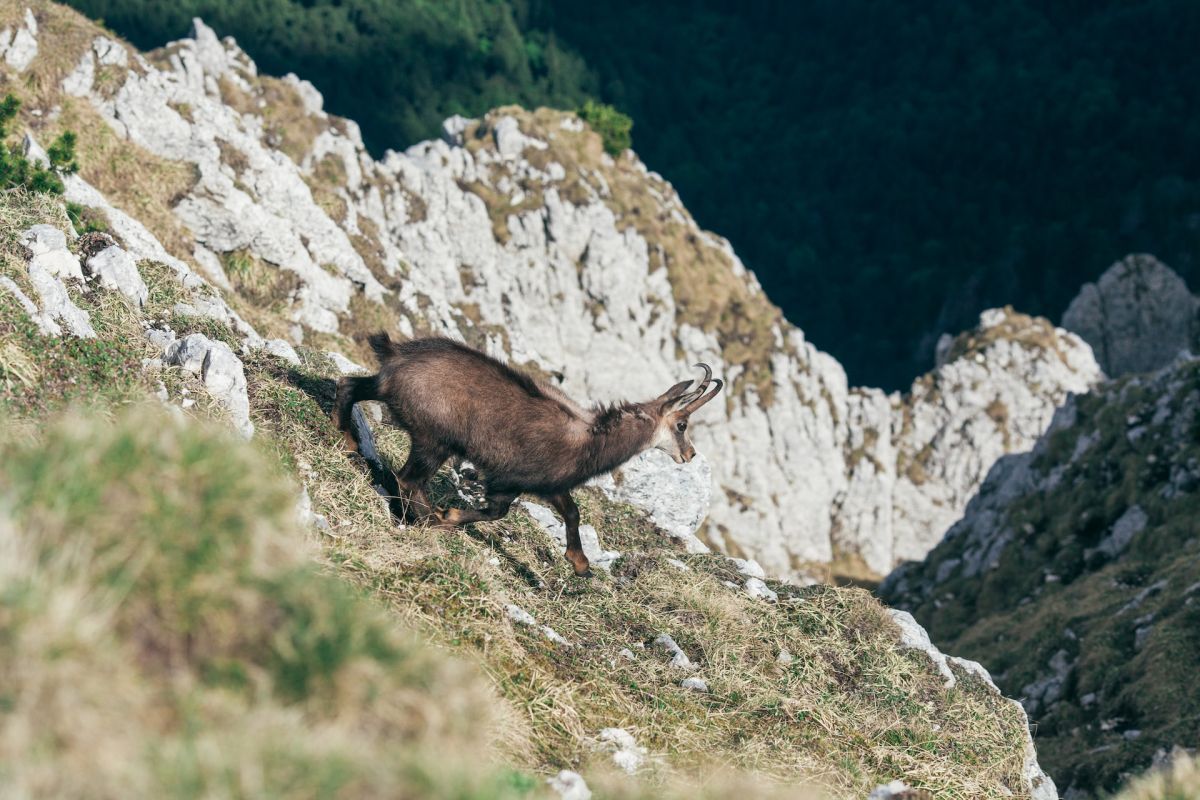
- Name: Carpathian chamois
- Scientific name: Rupicapra rupicapra carpatica
- Conservation status:
The chamois, also known as the Alpine chamois, is a species of goat-antelope native to the mountains of Europe, from the Pyrenees to the Carpathian Mountains. It is one of the most heavily protected animals in Romania.
Female chamois live in herds of about 15 to 30 individuals, while males are mostly solitary, except during the rut. When it comes to feeding, it eats herbs and highland grasses during the summer and bark, needles, and conifers during the winter.
3. Brown bear
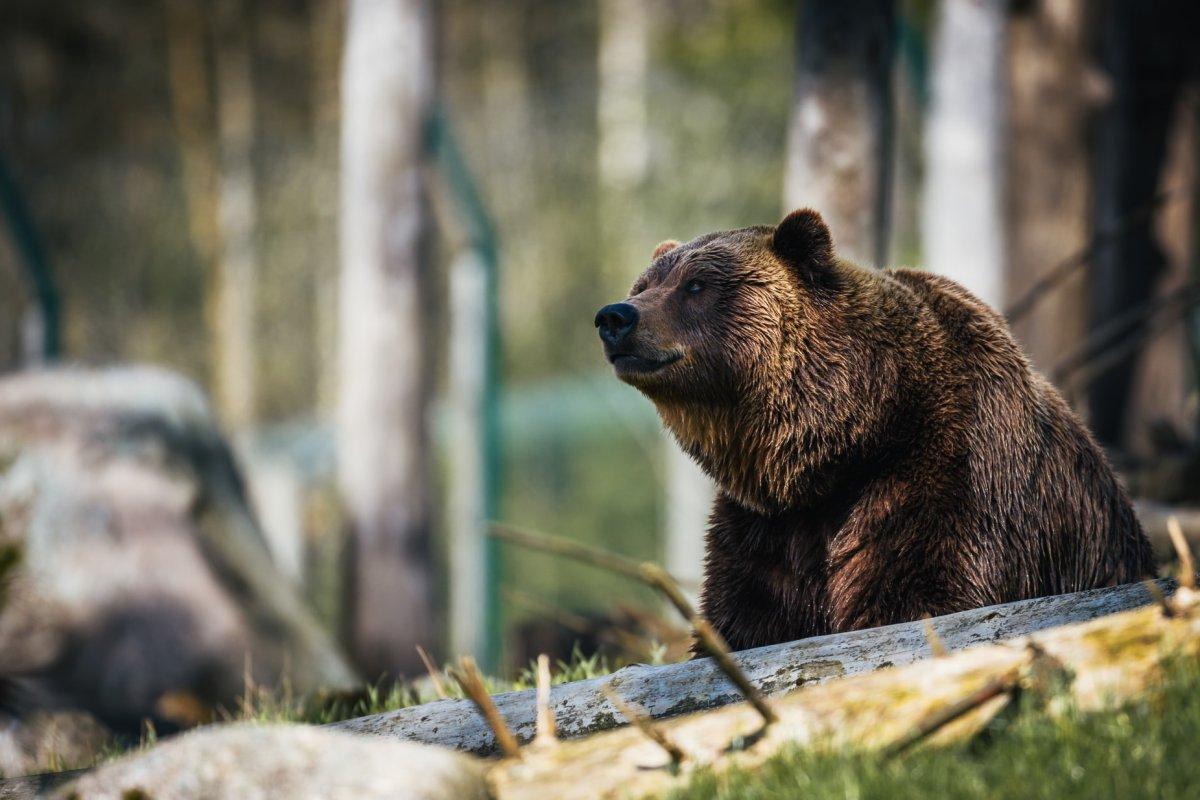
- Name: Brown bear
- Scientific name: Ursus arctos
- Conservation status:
The brown bear is the largest terrestrial animal in Romania, and the country has one of the highest concentrations of brown bears in Europe, with more than 6,000 individuals.
However, due to the increase in interactions between bears and humans due to urban expansion and the fact that there are, in fact, too many bears in the country, the government announced plans for a culling of 2,000 brown bears in 2018, which was met with fierce hostility by the public.
4. Saiga antelope
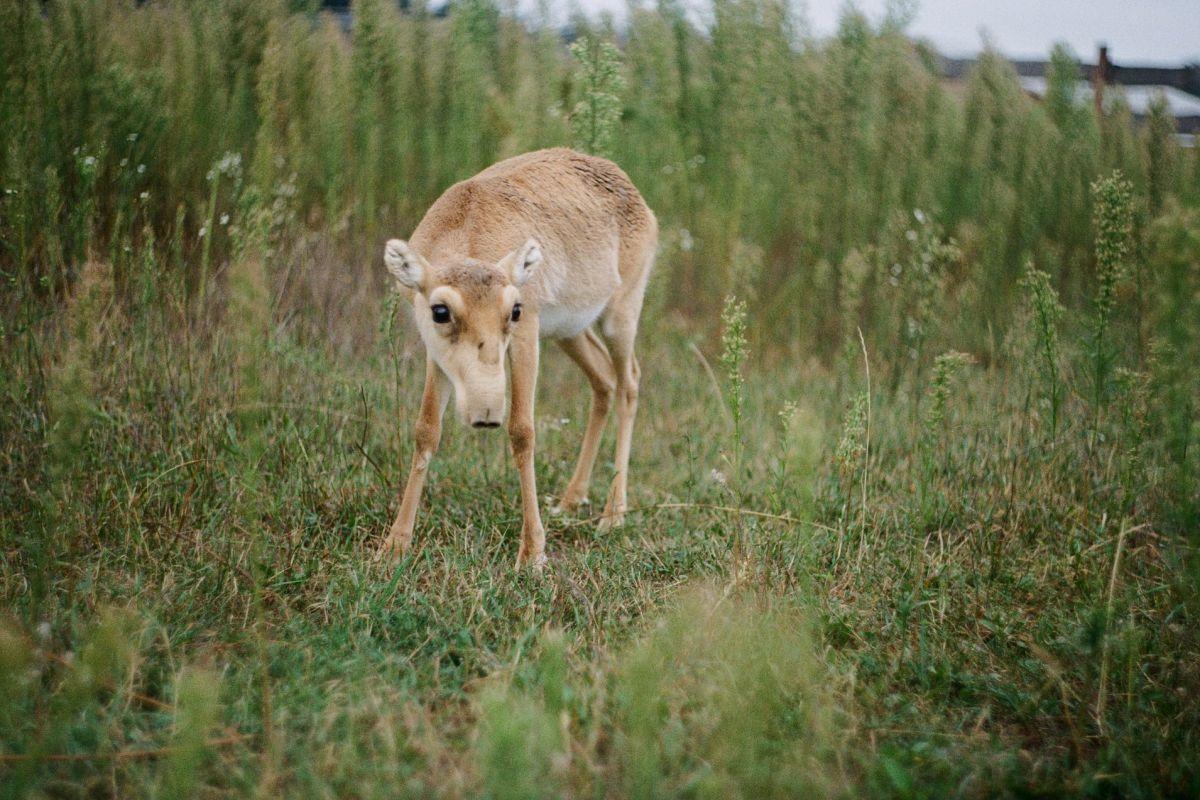
- Name: Saiga antelope
- Scientific name: Saiga tatarica
- Conservation status:
The saiga antelope, also simply known as the saiga, is a very peculiar species of antelope native to Eurasia. While it used to be common in Moldavia and Wallachia, the founding countries of Romania, it has been almost extinct since the 18th century and only survives in very small natural reserves across the northeastern county of Botoșani.
This antelope lives in very large herds and inhabits grasslands, open woodlands, semi-deserts, and steppes.
5. Harbor porpoise
- Name: Harbor porpoise
- Scientific name: Phocoena phocoena
- Conservation status:
The harbor porpoise is the only species (out of 8) of porpoise that can be found in Romania. It inhabits coastal, shallow waters of the Northern Hemisphere, and can be found in the Atlantic and the Pacific Oceans, as well as the Black Sea.
There are about 700,000 harbor porpoises in the world, but it is their local European population that is seriously threatened: outside of it, the species is considered of least concern.
6. Mediterranean monk seal
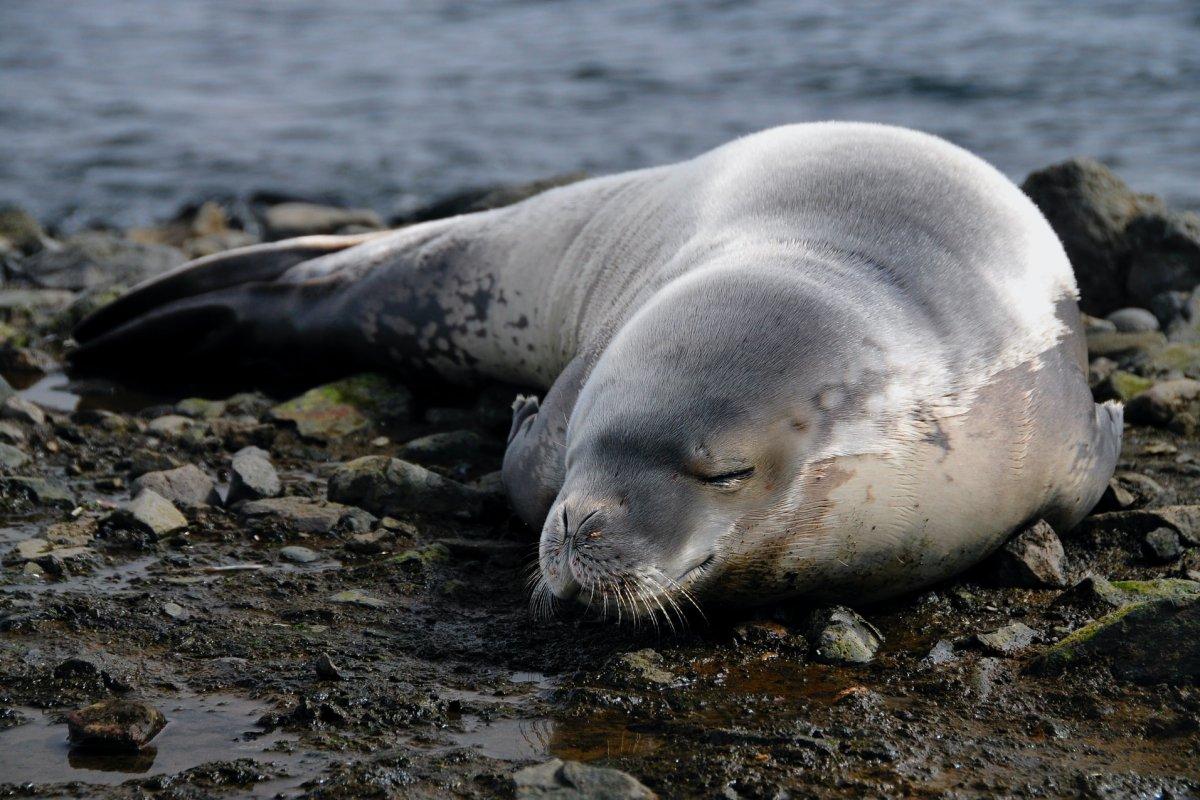
- Name: Mediterranean monk seal
- Scientific name: Monachus monachus
- Conservation status:
The Mediterranean monk seal is the world’s rarest species of pinniped. It lives in scattered populations across the Mediterranean Basin and the Atlantic Ocean and has not been spotted for a while in Romania.
Fewer than 700 Mediterranean monk seals remain in the wild and are active daily. They feed on fish and mollusks, and although they spend most of their time in shallow waters, they have already been sighted diving as deep as 250 m / 820 ft in order to find food.
7. Common raccoon dog
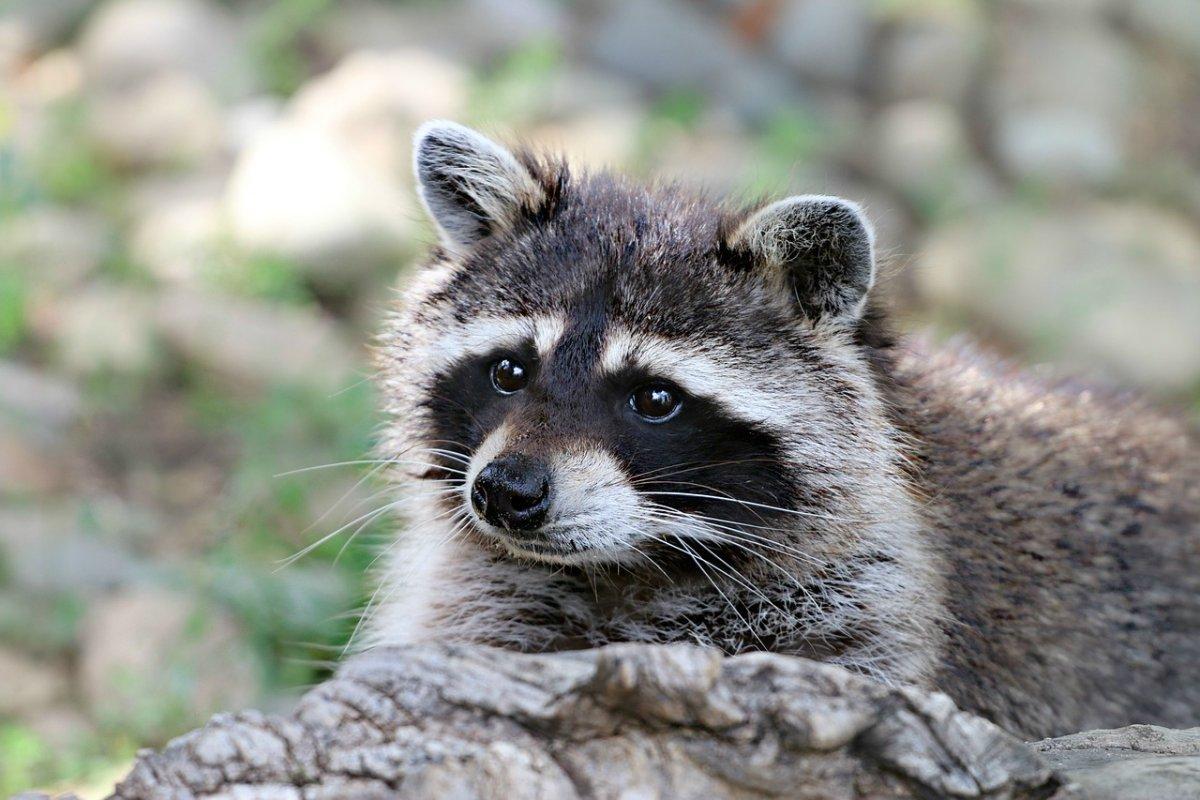
- Name: Common raccoon dog
- Scientific name: Nyctereutes procyonoides
- Conservation status:
The common raccoon dog, also known as the Asian raccoon dog or the Chinese raccoon dog, is one of the newly arrived species in Romania: it was introduced from Asia throughout the 20th century.
This canid has nothing to do with a raccoon, except for its physical resemblance with the presence of the characteristic black facial mask. It has been introduced to Europe because of the fur trade and is a potential invasive species.
8. European mouflon
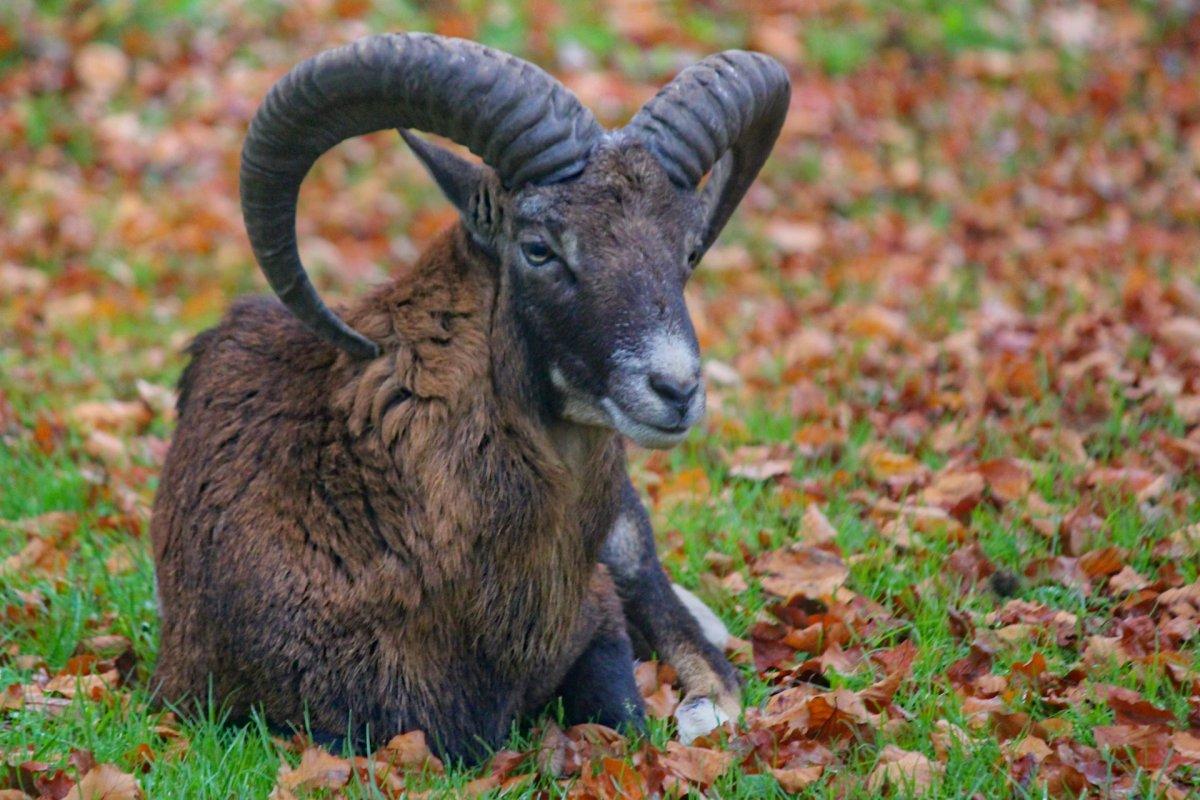
- Name: European mouflon
- Scientific name: Ovis aries musimon
- Conservation status:
The European mouflon is a feral subspecies of domestic sheep. It was introduced in Romania in 1966, first in game reserves and later into the wilderness, and is native to Western, Southern, and Central Europe.
This mammal is particularly adapted to mountain areas and is very agile on the rocks. Because of this, it cannot survive predators in lowland areas and need cliffs and steep rocky slopes in order to escape.
9. Muskrat
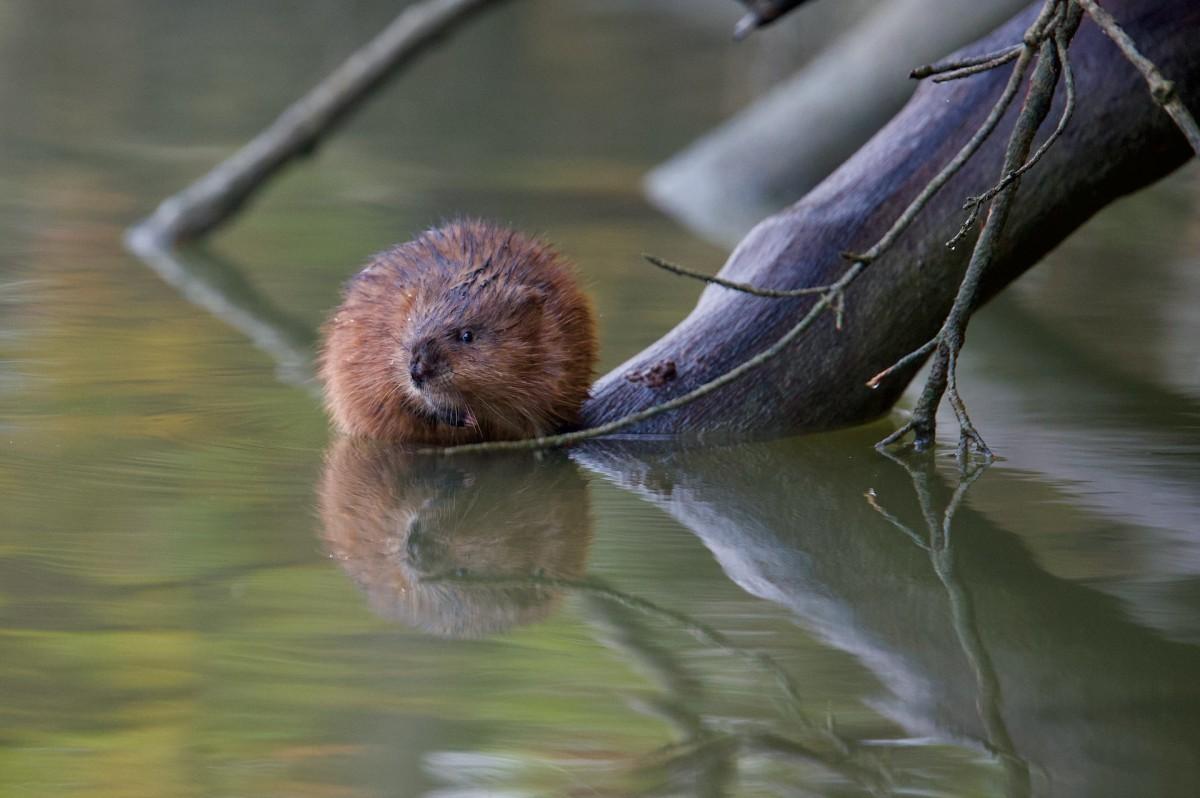
- Name: Muskrat
- Scientific name: Ondatra zibethicus
- Conservation status:
The muskrat is the third and last recently introduced animal in Romania. It comes from North America and actually arrived accidentally in the country after some specimens escaped captivity in Russian and Czech farms. Since the middle of the 20th century, it has been spreading rapidly.
This mammal lives in wetlands and can tolerate a wide variety of habitats and climates. It is hunted for both its food and fur and has an important impact on its environment.
10. Gray wolf
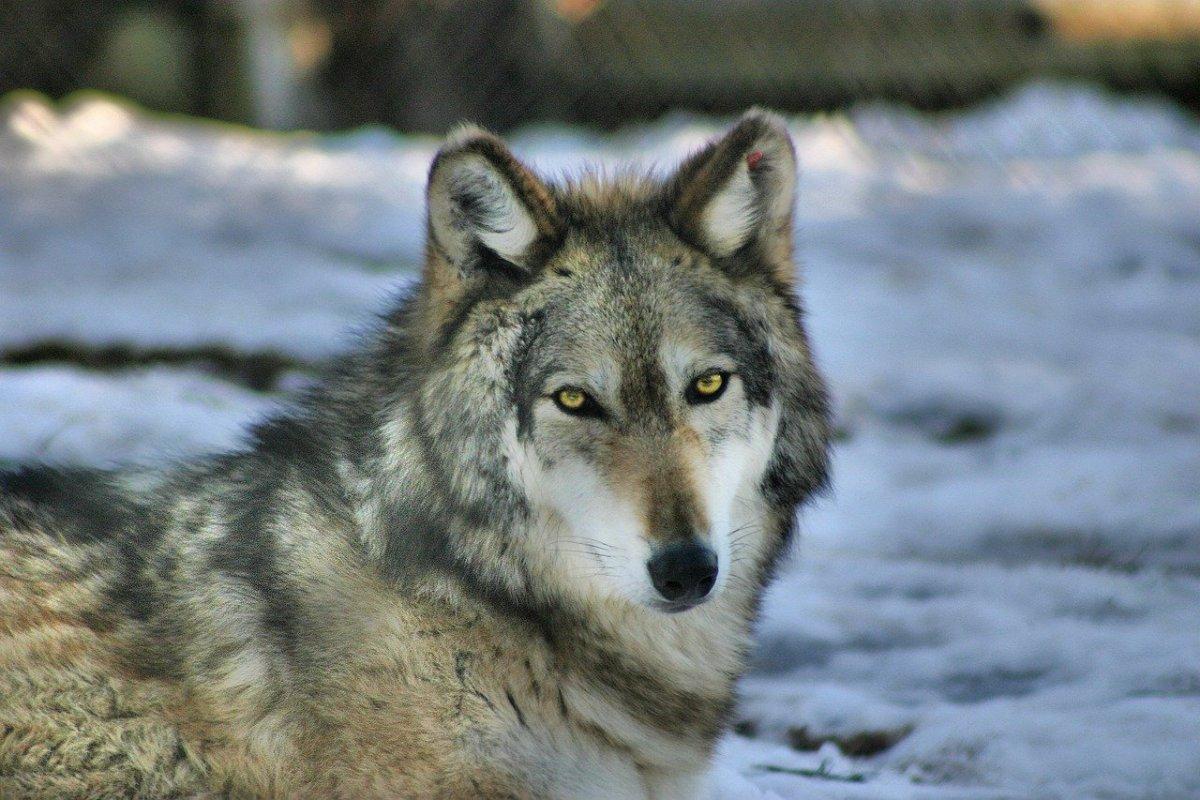
- Name: Gray wolf
- Scientific name: Canis lupus
- Conservation status:
The gray wolf is one of the most well-known and widespread mammals in the Northern Hemisphere. Particularly in Europe, it has had a very long and important history of interaction with humans, depicted in folklore and fables, persecuted for its raid in livestock, and feared for its embodiment of the night.
Although listed as least concern, the gray wolf is on the decline throughout its range, primarily due to persecution, urban expansion, and habitat loss.
11. European wildcat
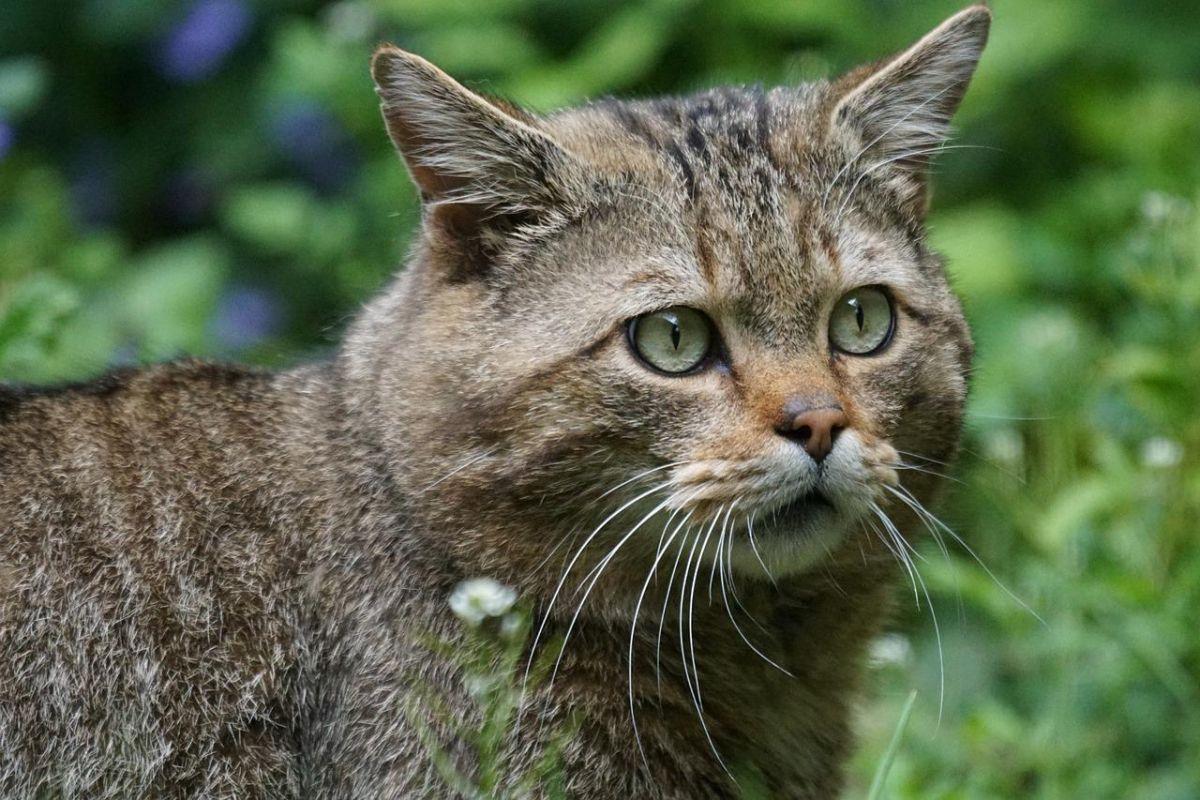
- Name: European wildcat
- Scientific name: Felis silvestris
- Conservation status:
The European wildcat is a small species of wildcat native to much of Europe and into the Middle East, from the Iberian Peninsula to Romania and Turkey. It inhabits mixed and broad-leaved forests and usually stays away from settlements and cultivated areas.
This wildcat is a carnivore, just like other felids, and primarily hunts for rodents such as hamsters, voles, and rats, but also fawns, weasels, and stoats.
12. Eurasian lynx
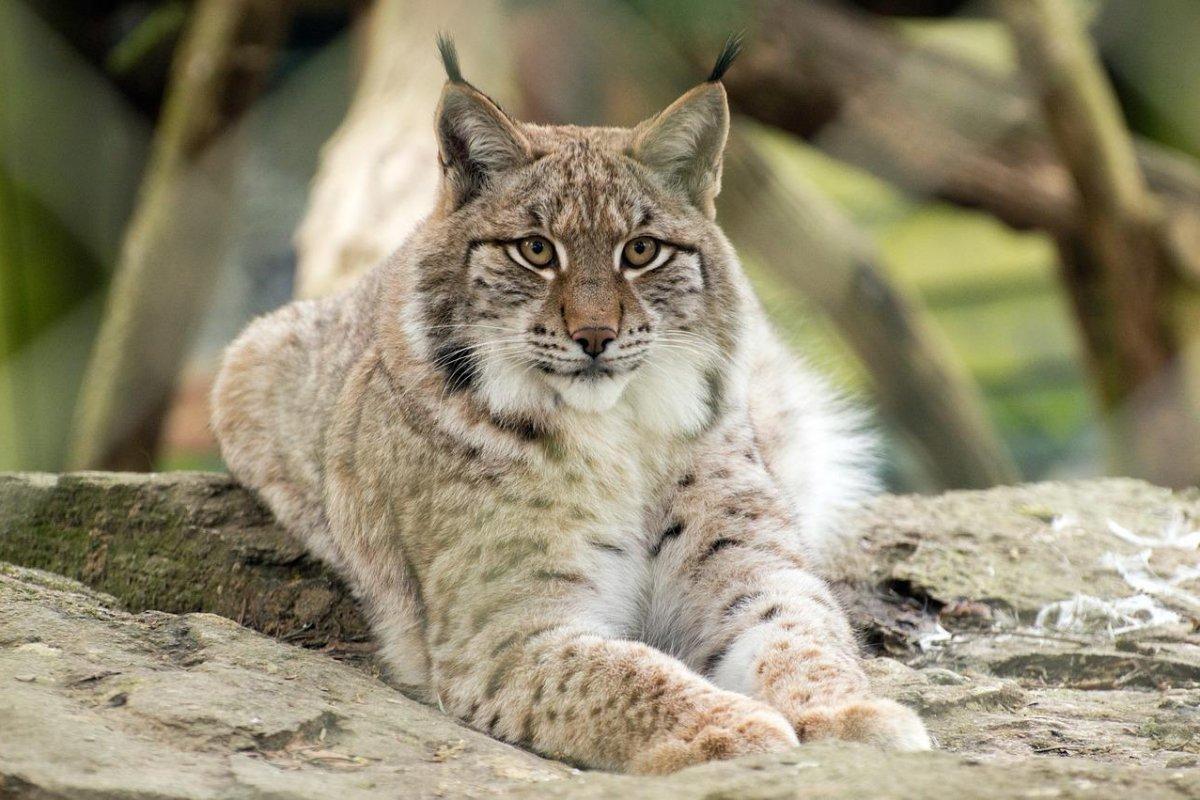
- Name: Eurasian lynx
- Scientific name: Lynx lynx
- Conservation status:
The Eurasian lynx is a medium-sized species of wild cat native to the mountains of Europe, Central and South Asia, and Siberia. It lives at elevations of up to 5,500 m / 18,000 ft and is the national animal of Romania.
Although the Eurasian lynx has an extremely wide distribution, it seriously suffers from habitat loss, depletion of prey, climate change, and poaching, and is globally on the decline.
13. Red fox
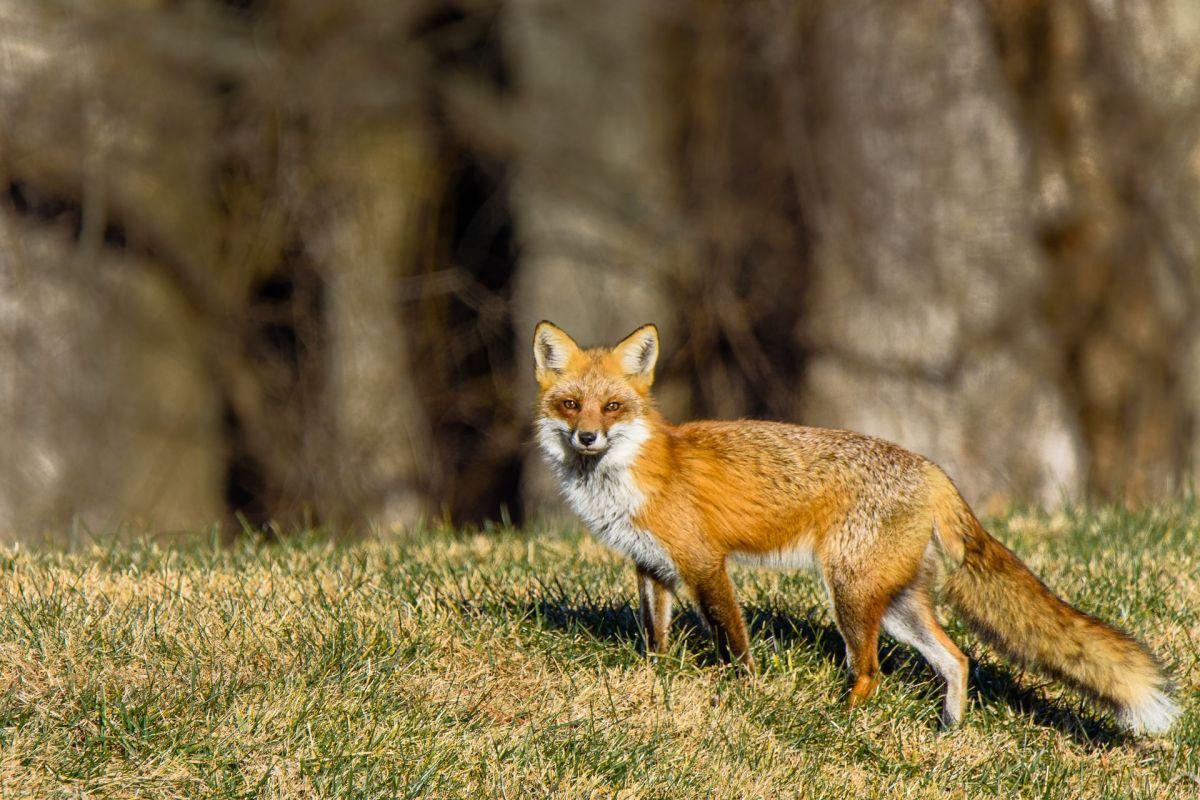
- Name: Red fox
- Scientific name: Vulpes vulpes
- Conservation status:
The red fox is the last of the large carnivorous mammals that can be found in Romania. It is one of the most successful species in the world, so much that it is sometimes considered an invasive species (such as in Australia), and it thrives alongside the human expansion.
This fox usually lives in pairs or in small family groups, and it hunts for small rodents, but also rabbits, reptiles, birds, young ungulates, and invertebrates.
14. European golden eagle
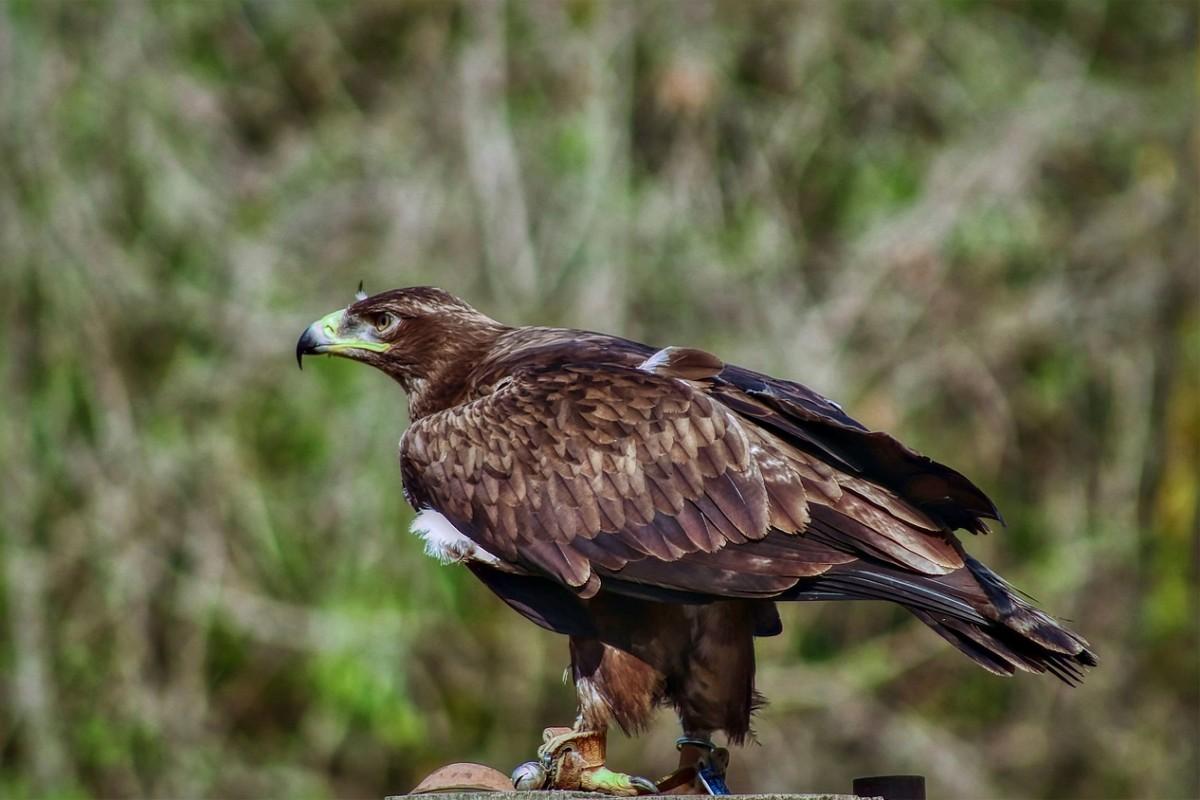
- Name: European golden eagle
- Scientific name: Aquila chrysaetos chrysaetos
- Conservation status:
The golden eagle is a species of bird of prey native to almost all of the Northern Hemisphere. It is a migratory bird that flies further south during the winter, and it is the other national bird of Romania.
The local subspecies, the European golden eagle, is found throughout Europe, even in the British Isles. It is the palest of the subpopulations and a medium-sized bird.
15. Carpathian boar
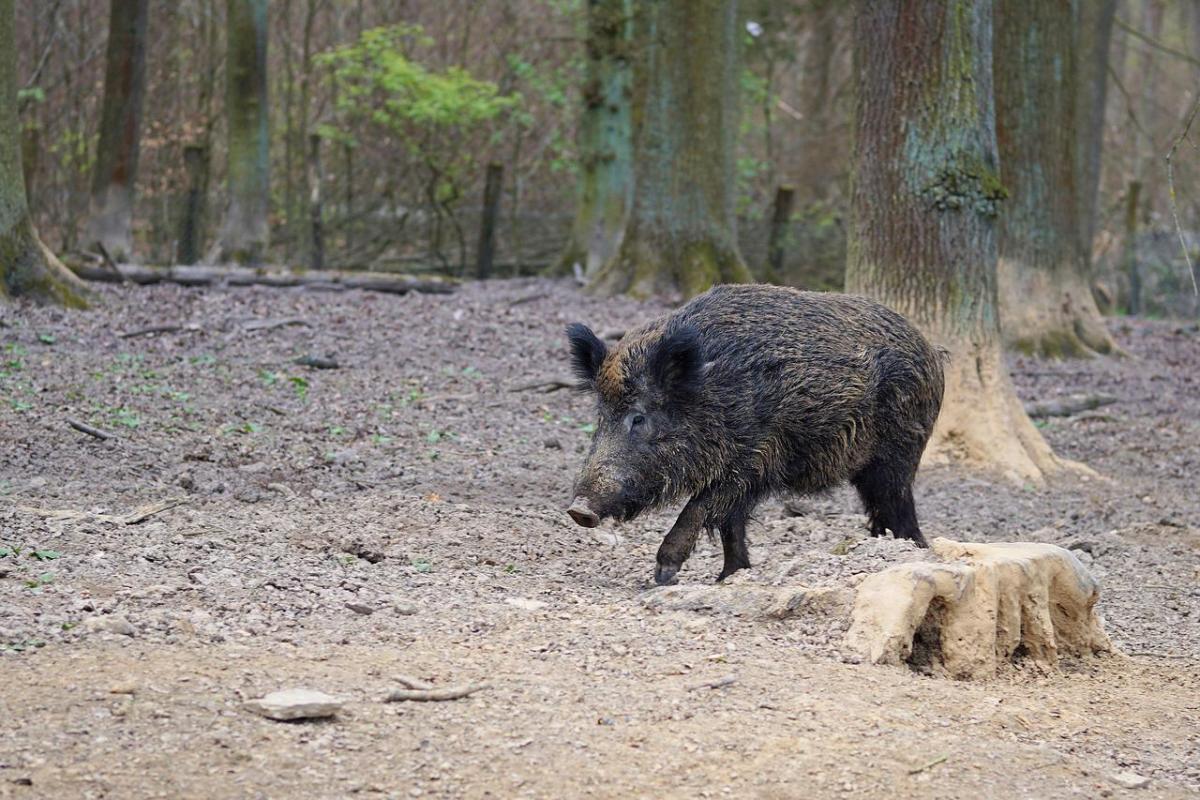
- Name: Carpathian boar
- Scientific name: Sus scrofa attila
- Conservation status:
The Carpathian boar is the subspecies of the wild boar that can be found in Romania, but also in neighboring countries such as Hungary, Ukraine, the Balkans, the Caucasus, and northern Iran.
The wild boar is one of the most common and widely known species in Europe. Its main predator, outside of humans, is the gray wolf, but it can be a formidable opponent, with unsuspected strength and aggressivity.
16. Western capercaillie
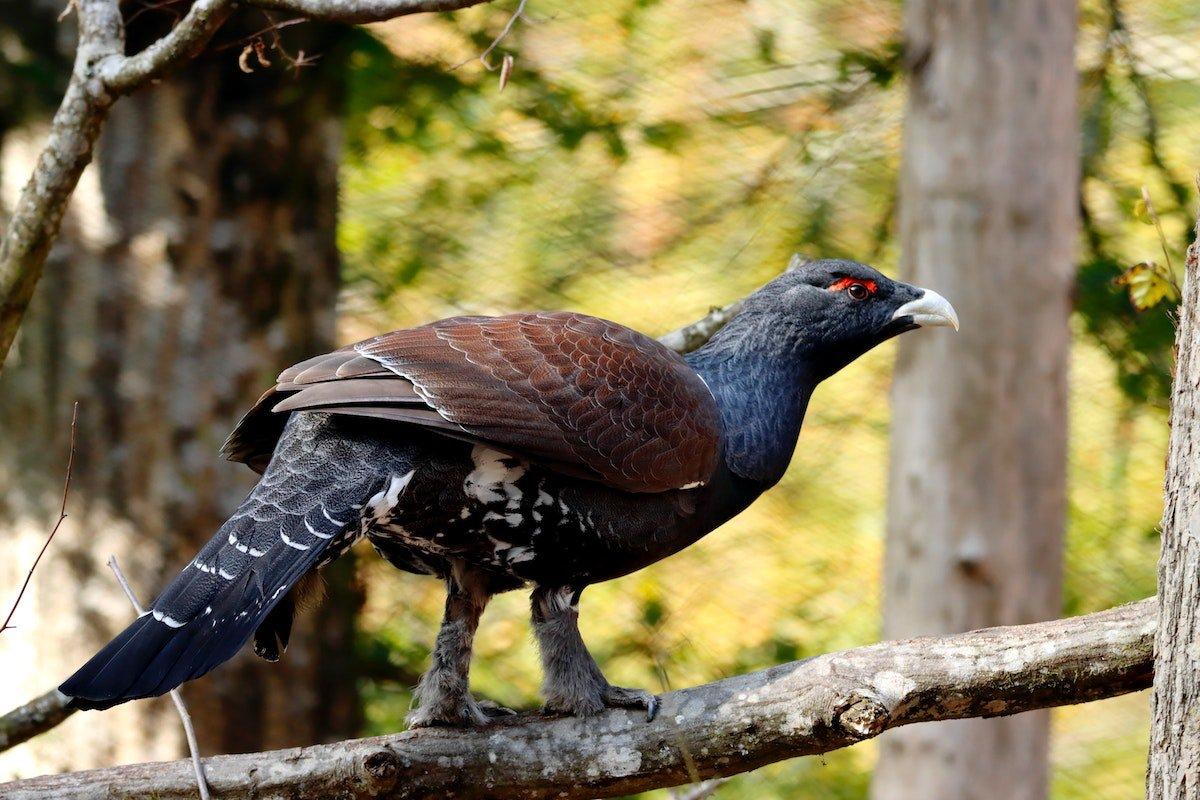
- Name: Western capercaillie
- Scientific name: Tetrao urogallus
- Conservation status:
Although listed as least concern on a global scale, the western capercaillie, also known as the Eurasian capercaillie, the heather cock, the cock-of-the-woods, the wood grouse, or simply the capercaillie, is subject to very intense conservation efforts and surveillance in Romania.
This bird can still be commonly seen in forests of the country, however, just like in other countries such as Finland and Russia. In Europe alone, there are about 1.5 to 2 million individuals.
—
So there you have them, these were my 16 Romanian wild animals. I hope you enjoyed this list and that you learned something new today.
In case you want to learn more about Romanian wildlife, feel free to keep reading, as I still have lots of things to tell you about:
Endangered Animals of Romania
This is definitely the saddest part of the list, but it is very important to raise awareness. Because of this, let’s go through the list of endangered animals in Romania.
Here are the animals in danger of extinction in Romania.
- Danube Delta gudgeon
- Gasterosteus crenobiontus
- Beluga
- Ship sturgeon
- Sociable lapwing
- Common hamster
- European eel
- and 8 more…
- European souslik
- Mediterranean monk seal
- European rabbit
- Pontian shemaya
- Hungarian birch mouse
- and 6 more…
To see the full list of endangered species in Romania, head over to the International Union for Conservation of Nature’s Red List.
What is the National Animal of Romania?
The national animal of Romania is the Eurasian lynx.
The Eurasian lynx is a medium-sized species of wild cat native to several mountain ranges of Europe and Asia, such as the Carpathian, the Balkans, and the Himalayas. It lives in the heights of the mountains and is very difficult to spot, being solitary, nocturnal, camouflaged, and alert.
When it comes to national birds, Romania is represented by both the great white pelican and the golden eagle. Finally, it used to have another, mythical symbol, the Dacian Draco.
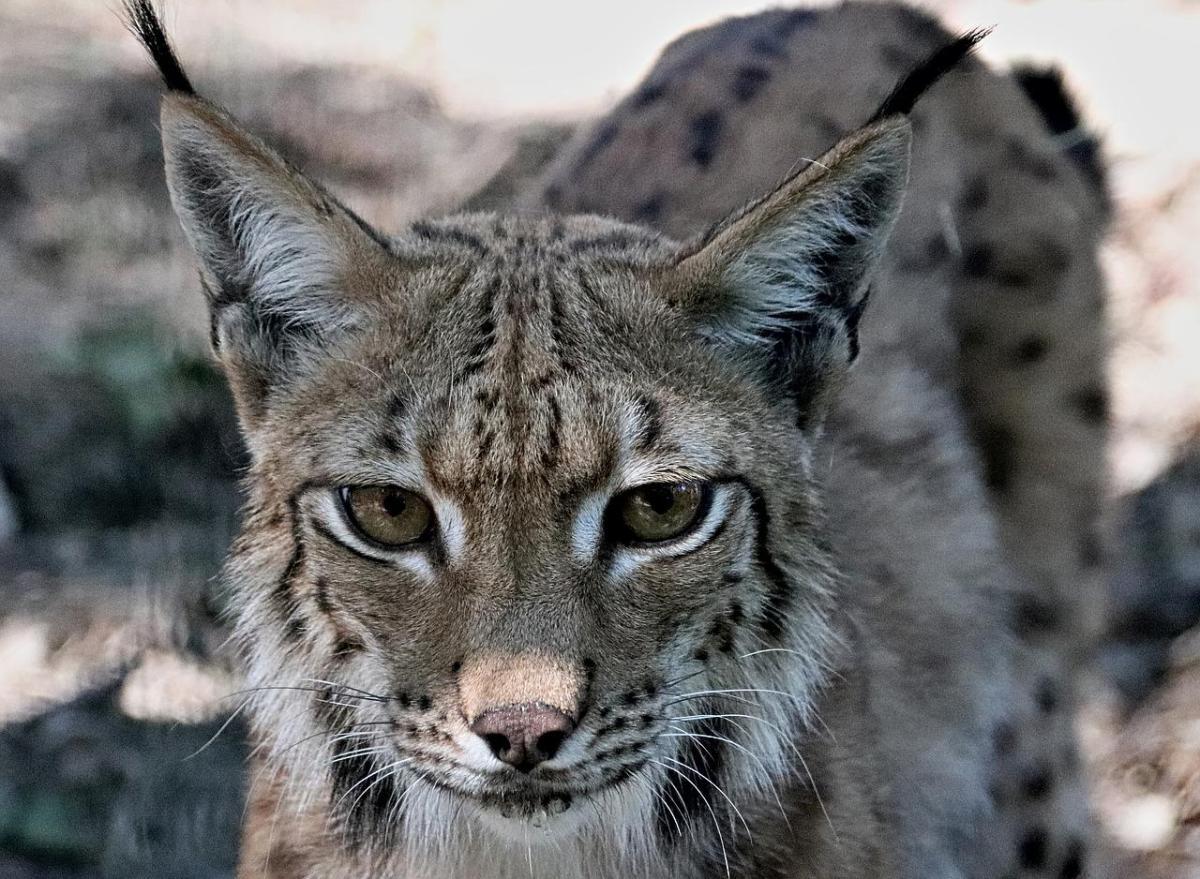
How Many Animals Native to Romania?
What is the diversity of native animals in Romania?
Let’s look at the total number of species of Chordata (mammals, birds, fishes, and reptiles).
Total number of animal species in Romania: 720 (3,149 in total in Europe)
More About Animals in the World!
Loved these Romania animal facts? Want to see what animals live in other countries?
Then check out these posts:
Or click here to see ALL the facts up on the blog! Spoiler alert: there’s A LOT of them.
Share the knowledge! Click on the buttons below to share information about these animals found in Romania with your friends, and help them learn more about the world 🙂
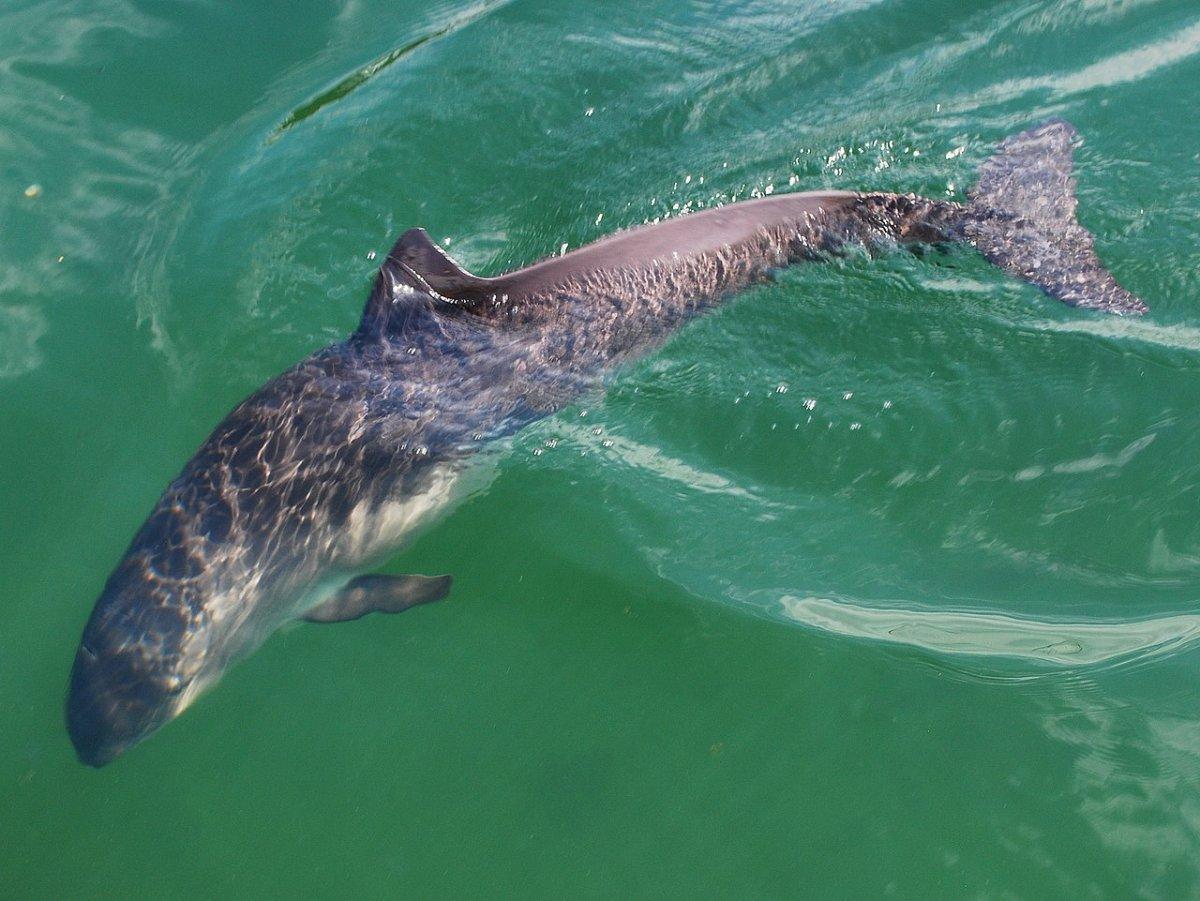

![13 Wild Animals in Ukraine [Wildlife in Ukraine]](https://www.kevmrc.com/wp-content/uploads/2022/09/13-wild-animals-in-ukraine.jpg)
![21 Wild Animals in Guatemala [Wildlife in Guatemala]](https://www.kevmrc.com/wp-content/uploads/2022/08/21-wild-animals-in-guatemala.jpg)
![16 Wild Animals in Oman [Wildlife in Oman]](https://www.kevmrc.com/wp-content/uploads/2022/06/16-wild-animals-in-oman.jpg)
First reading experience for me. Thank you so much and i am interesting to know more birds.